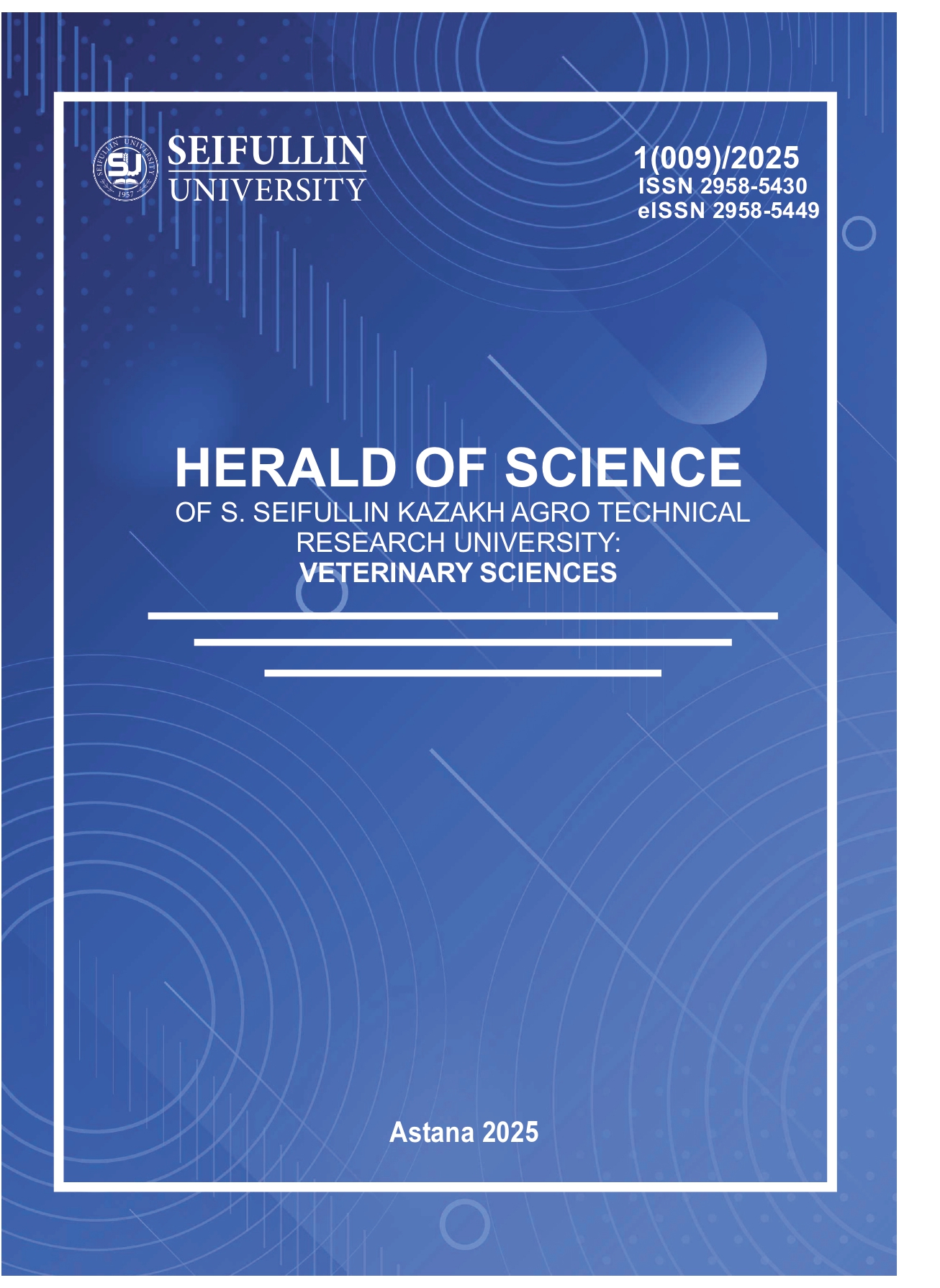The immunity and sanitary conditions among people regarding the Covid-19 infection in the post-pandemic period
DOI:
https://doi.org/10.51452/kazatuvc.2025.5(009).1830Ключевые слова:
Antibodies; immune status; post-pandemic period; SARS-CoV-2 virus; titer; virusneutralizing.Аннотация
Background and Aim. A year after the official declaration of the end of the pandemic, this study aimed to assess the epidemic situation by testing a small group of individuals for the presence of the SARS-CoV-2 virus and neutralizing antibodies.
Materials and Methods. Nasopharyngeal swabs were collected to isolate SARS-CoV-2 virus in cell culture, while venous blood samples were tested for neutralizing antibodies using a quantitative neutralization reaction. The study included 20 participants (approximately 10% of the team), of whom 16 had been vaccinated against COVID-19, and 4 remained unvaccinated. Vaccinated individuals included 4 who received Sputnik V (over 30 months prior) and 12 who received QazCOVID-in.
Results. All 20 participants demonstrated neutralizing antibodies against the Wuhan variant of the virus. For the Delta and Omicron variants, 19 participants showed neutralizing antibodies. Average antibody titers were 6.4 ± 1.39 log₂ for the Wuhan variant, 6.2 ± 1.89 log₂ for the Delta variant, and 4.75 ± 1.84 log₂ for the Omicron variant.
Conclusion. The study highlights the persistence of antibodies against SARS-CoV-2 among both vaccinated and unvaccinated participants, though variation in neutralization efficacy was observed among different virus variants. These findings emphasize the importance of monitoring immune responses to track population-level immunity and guide future vaccination strategies.

